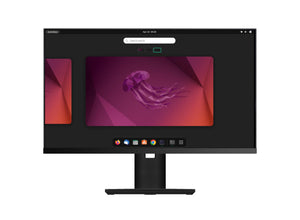
Advantages of Epson's cold technology for customers
Uniform printing at high speed
Epson's cold technology requires no warm-up time upon power up or after resuming from sleep mode. You can then start printing right away, making the printing process up to 50% faster (from Ready mode) than laser printers 1 , which need to preheat the fuser instead. This ensures fast and uniform printing, even for documents with high density.
Reduced energy costs and consumption
Epson's cold technology consumes up to 83% less than laser technology 2 as it uses no heat for starting. In addition, the absence of the fuser unit in inkjet printers contributes to a significant reduction in energy consumption.
Fewer components to replace for a lower environmental impact
Laser printers typically use more consumables and, in many cases, require periodic replacement of the drum, transfer belt, and fuser. Epson inkjet printers produce up to 96% fewer consumables than laser printers 3 . Thanks to the cold technology they are equipped with, Epson inkjet printers have fewer components to replace than laser printers and the print heads are permanent. This ensures a reduction in the environmental impact associated with the production and recycling of consumables.
Less interventions for greater productivity
As Epson inkjet printers use cold technology, there are fewer wearing parts. As a result, the number of interventions required is also reduced. Epson inkjet printers therefore offer greater reliability, significantly reducing downtime.
|
Up to 83% of energy consumption |
Up to 50% faster than |
Up to 96% of consumables |
Epson inkjet printers are based on cold technology and therefore offer numerous advantages.
Epson's cold technology does not require heat to eject the ink. Instead of heat, a pulse is applied to the piezoelectric element which changes its shape, allowing the ink to eject from the print head. Laser printers , on the other hand, need to heat up the fuser in order to print.

To find out more visit:
www.printandwork.com





